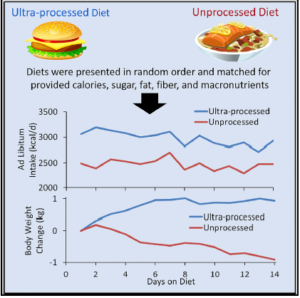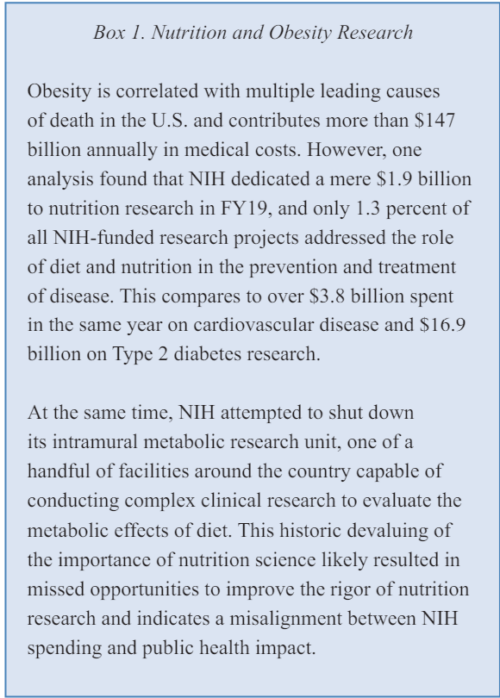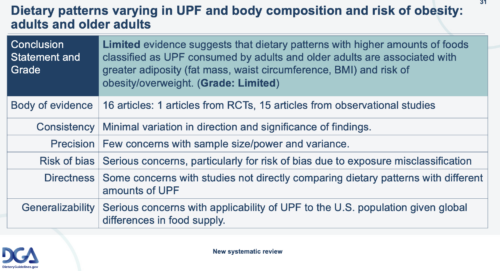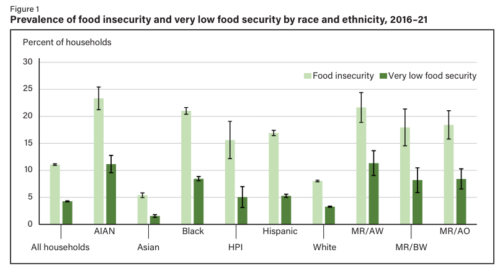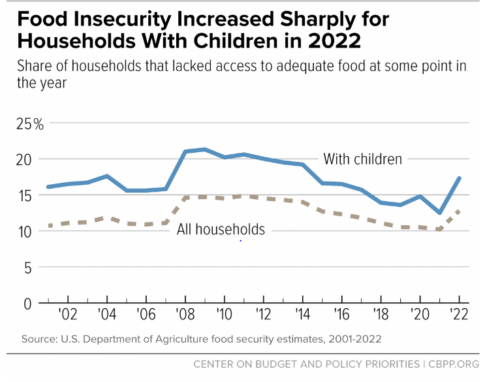Weekend viewing: Roots So Deep
At long last, Peter Byck’s Roots So Deep is available for viewing.

Peter is at Arizona State. He’s done something quite remarkable, so much so that I wrote a blurb for his films.
If we are going to do anything to prevent further climate change, soil degradation, and groundwater pollution, we are going to have to transform current agricultural practices to those that are more regenerative.
Roots So Deep compares methods used by conventional and regenerative and shows how farmers—real people—are trying to make either method work.
Peter Byck is a terrific interviewer, even of people who view the world from different perspectives. His question: what will it take to convince farmers to convert from conventional to regenerative?
The films make it clear that conversion won’t come easily—it appears too risky and requires too much of a change from using fertilizers and tilling methods. But once farmers take that risk, we can see how they win on productivity, financial viability, soil quality, and resistance to flooding and climate.
What I like so much about these films is the genuine compassion and understanding shown for farmers, no matter how they farm. Anyone who wants to know what regenerative agriculture, in theory and in practice, will watch these films with pleasure and admiration for the hard work that goes into producing food.
Enjoy! And pass the word along.

